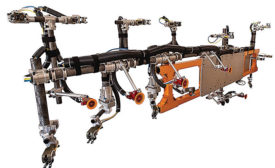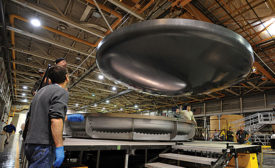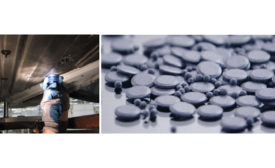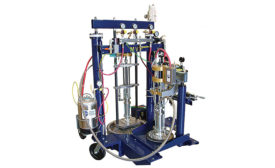Home » composites assembly
Articles Tagged with ''composites assembly''
advertisement
How To Identify The Right Adhesive Dispensing Equipment For The Job
March 8, 2016
Get our new eMagazine delivered to your inbox every month.
Stay in the know on the latest assembly trends.
SUBSCRIBE TODAY!Copyright ©2024. All Rights Reserved BNP Media.
Design, CMS, Hosting & Web Development :: ePublishing









